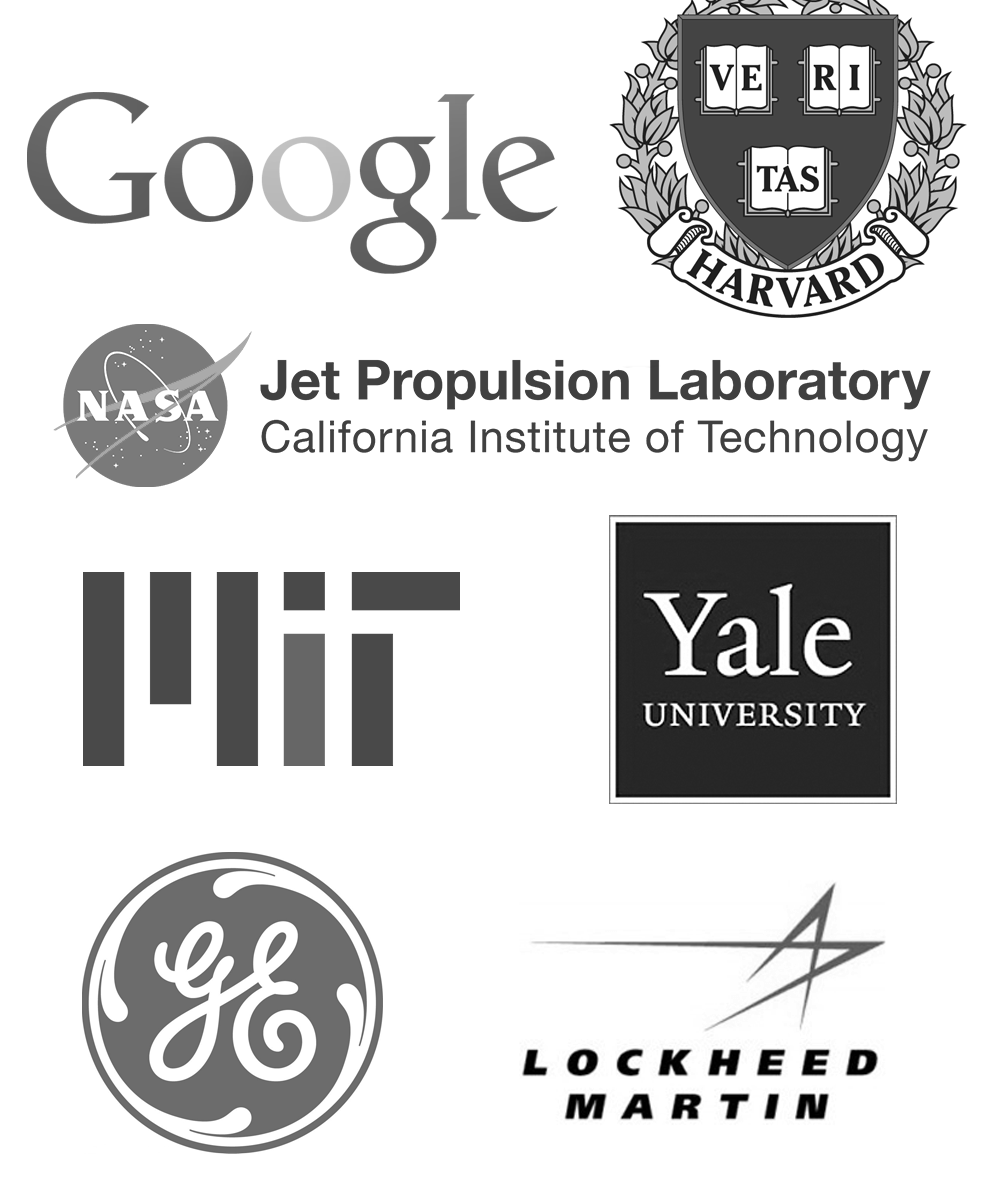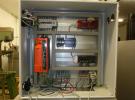Hi,
I have quick question. I would be using a T-type thermcouple for measuring liquid nitrogen temperature at different pressure. I was wondering if T7 has any limitation lowest temperature it can measure. Theoretically, it should be simply voltage generated from the thermocouple.
Other than I was wondering how accurate the measurement would be?
And do I need to add/calculate cold junction compensation for the thermcouples?
Thank you.



.png%3Fitok=PHGBxf6M)


.jpg%3Fitok=B1YcuDFK)
.png%3Fitok=Ybt-OlgU)
The main limitation on your measurement range is which temperature conversion coefficients and ranges we support for your thermcouple type. We use the conversion function and coefficients supplied by NIST in our thermocouple AIN_EF, so you should be able to measure -200C to 400C:
https://labjack.com/support/datasheets/t-series/ain/extended-features/th...
https://srdata.nist.gov/its90/type_t/tcoefficients_inverse.html
You could potentially extend the range beyond what we have by measuring the raw voltage, and generating your own coefficients for a conversion function using the temperature to voltage tables provided by NIST. However, ranges that are not provided by NIST for inverse (voltage to temperature) functions typically have larger errors in the conversion and require higher order conversion functions.
The accuracy of the measurement will depend heavily on your system. To support the -200C to 400C range you would need to use the ±0.1V or higher voltage setting on the AIN. With a more limited temperature range such as -200C to 0C you could use the ±0.01V range. The accuracy of the device analog inputs depends on the range setting you use as described on the following datasheet page:
https://labjack.com/support/datasheets/t-series/appendix-a-3-2-1-t7-gene...
We recommend doing some sort of CJC. thermo-voltages at the cold junction will cause errors in the measurement that reduce accuracy. You could put the cold junction in an ice bath (at 0C) to eliminate the cold junction thermo-voltage, but that is not a realistic option in most cases, so we recommend using some secondary temperature sensor at the cold junction for CJC. We often recommend using LM34 sensors as they are fairly cheap and easy to set up.
Our thermocouple app note has other relevant information to get started:
https://labjack.com/support/app-notes/thermocouples